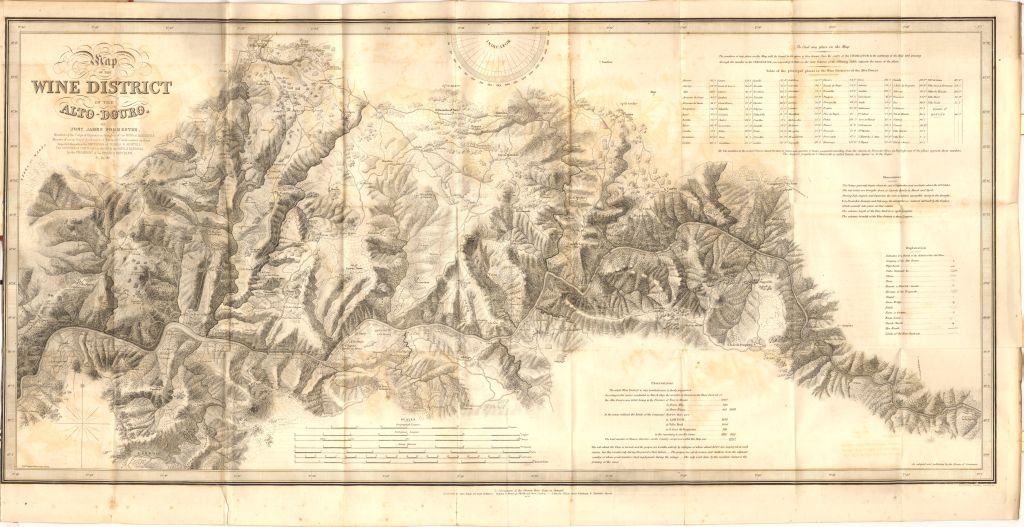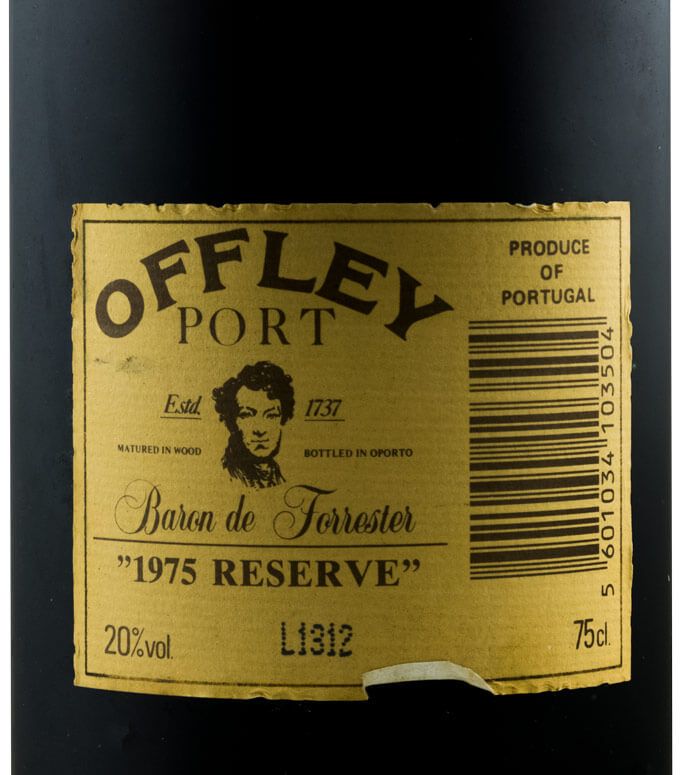The second half of the 18th century was a significant period in Porto’s history and marked the beginning of the transformation of the local wines into fortified (fortified), as we know them today.
The most important change took place in the fortification. As we already know, the wines were initially finished with wine cellars only after the fermentation was completed. Care was taken only to maintain quality during transport by sea from Porto to English customers. However, the grading was gradually started even during the fermentation of the must, and the wine thus became sweeter, stronger, with a more pronounced aroma, which was thus tasted even more by the end consumers. However, this procedure did not take hold until the beginning of the 19th century, until then not all manufacturers recognized and adhered to it.
Prosperity in the last decade of the 18th century provided producers with the necessary capital to create sufficient stocks of wine that they could mature for a longer period of time. Only now has the potential of Port wines for longer-term archiving fully realized.
However, the method of fortification of wines also had its opponents. Until his death in 1862, one of the most sworn was Baron Forrester, a legendary figure in the history of Port wine, who was the author of the first detailed map of the Douro region.

He fought tirelessly against the fortification until the day his ship capsized in the rapids of the infamous Valeira Gorge.
Before that, Baron Forrester had lunch by the river in the Quinta de Vargellas vineyard, a famous estate now owned by Taylor Winery, with Dona António Ferreira, founder of the Ferreira Port winery, and Baroness of Fladgate, wife of the Baron of Roêd.
After lunch, while traveling on the river in the company of the two ladies, the boat crashed into a rock, capsized, and the entire crew suddenly found themselves in wild water. Both ladies survived the disaster thanks to their crinolines, which, filled with air, took them to the safety of the shore.

However, Baron Forrester’s body was never found, weighed down with gold coins in his belt, drowned in the river. At that time, this determined man was able to convince the producers not to comfort the wines, and so only thanks to this unfortunate event, Port has its iconic fortified wine, which we know today.